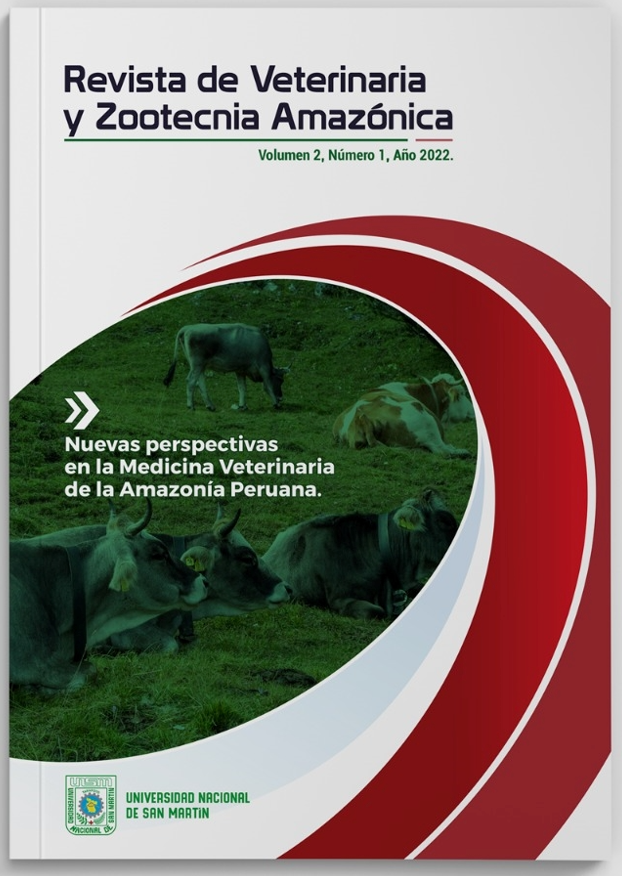Balantidium nawaraoi, a new ciliate in humans
DOI:
https://doi.org/10.51252/revza.v2i1.223Abstract
Mr. editor. Reading carefully an article in your magazine entitled “Coprological Prevalence of gastrointestinal parasites in humans and backyard pigs from the district of Zapatero, San Martín ”which reports only 0.57% prevalence for Balantidium in pigs coli and indicates the degree of this and other enteroparasites in pigs as of importance in the
transmission to man (1), in this regard I would like to add the following: The only ciliate described for man was Balantidium coli (Neobalantidium coli), causing of balantidiasis or balantiosis (Figure 1), but it was recently described in the Revista Médica Synergy 6 (2) e637, 2021, a new protozoan colonizing human intestine. Is about Balantidium nawaraoi (Neobalantidium nawaraoi (2,3).
Downloads
References
Puicón V, López-Flores A, Fabian-Dominguez F, Sánchez-Cárdenas H. Prevalencia coprológica de parásitos gastrointestinales en humanos y porcinos de crianza de traspatio del distrito de Zapatero, San Martín. Revista de Veterinaria y Zootecnia Amazónica. 2021; 1(1): 4-14. https://doi.org/10.51252/revza.v1i1.127
Traviezo Valles L. Balantidium nawaraoi n. sp., en la comunidad warao de Nabasanuka. Venezuela. Revista Médica Sinergia. 2021; 6 (2): e637. https://doi.org/10.31434/rms.v6i2.637
Cazorla-Perfetti D. Balantidium coli, Neobalantidium coli O Balantioides coli? Protozoario Balantidiosis o Balantiosis? Rev SABER. 2018; 30: 413-417
Published
How to Cite
Issue
Section
License
Copyright (c) 2022 Luis Traviezo-Valles

This work is licensed under a Creative Commons Attribution 4.0 International License.
The authors retain their rights:
a. The authors retain their trademark and patent rights, as well as any process or procedure described in the article.
b. The authors retain the right to share, copy, distribute, execute and publicly communicate the article published in the Revista de Veterinaria y Zootecnia Amazónica (REVZA) (for example, place it in an institutional repository or publish it in a book), with an acknowledgment of its initial publication in the REVZA.
c. Authors retain the right to make a subsequent publication of their work, to use the article or any part of it (for example: a compilation of their works, notes for conferences, thesis, or for a book), provided that they indicate the source of publication (authors of the work, journal, volume, number and date).







